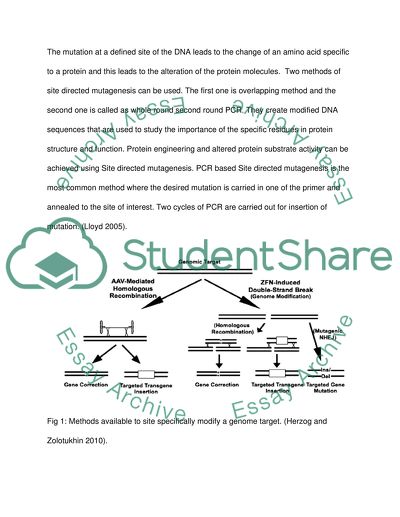Cite this document
(“Site-directed mutagenesis of gene sequences in cells of plants, Essay”, n.d.)
Retrieved from https://studentshare.org/environmental-studies/1411766-site-directed-mutagenesis-of-gene-sequences-in
Retrieved from https://studentshare.org/environmental-studies/1411766-site-directed-mutagenesis-of-gene-sequences-in
(Site-Directed Mutagenesis of Gene Sequences in Cells of Plants, Essay)
https://studentshare.org/environmental-studies/1411766-site-directed-mutagenesis-of-gene-sequences-in.
https://studentshare.org/environmental-studies/1411766-site-directed-mutagenesis-of-gene-sequences-in.
“Site-Directed Mutagenesis of Gene Sequences in Cells of Plants, Essay”, n.d. https://studentshare.org/environmental-studies/1411766-site-directed-mutagenesis-of-gene-sequences-in.


